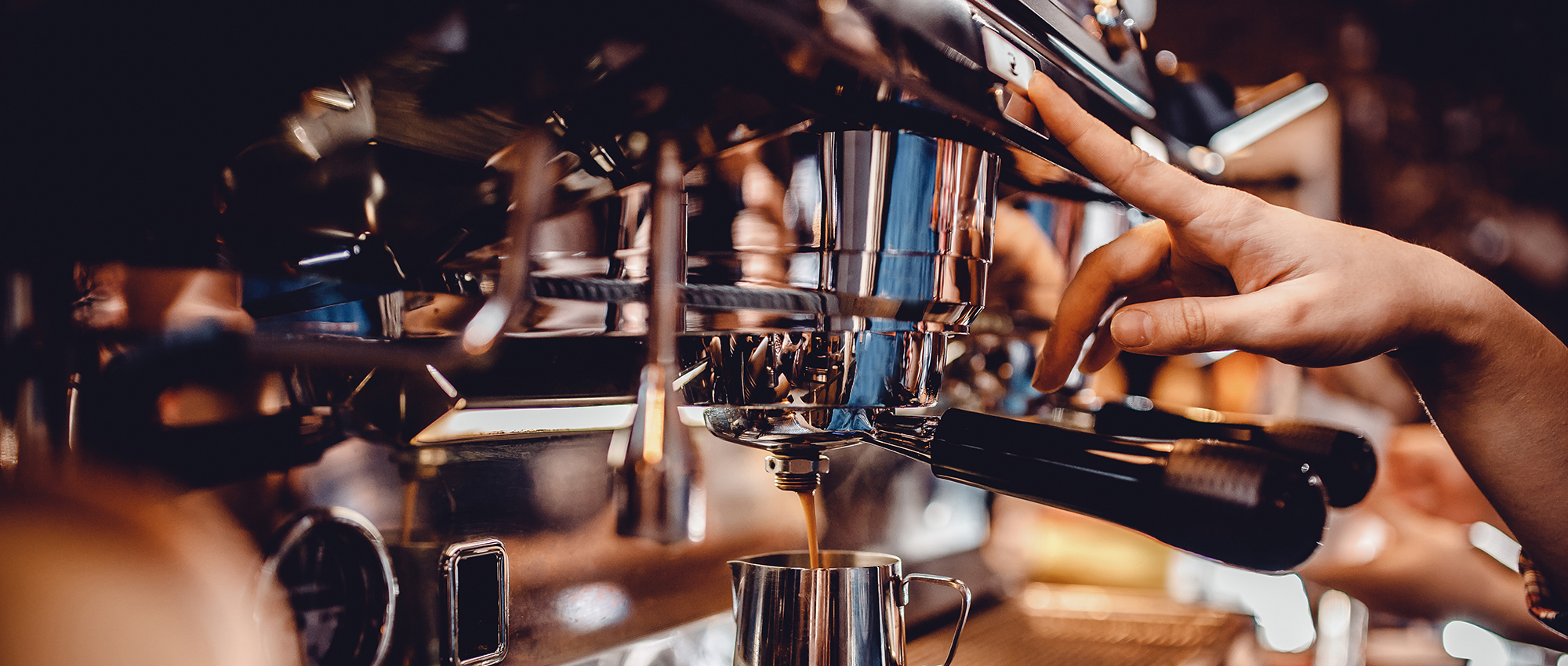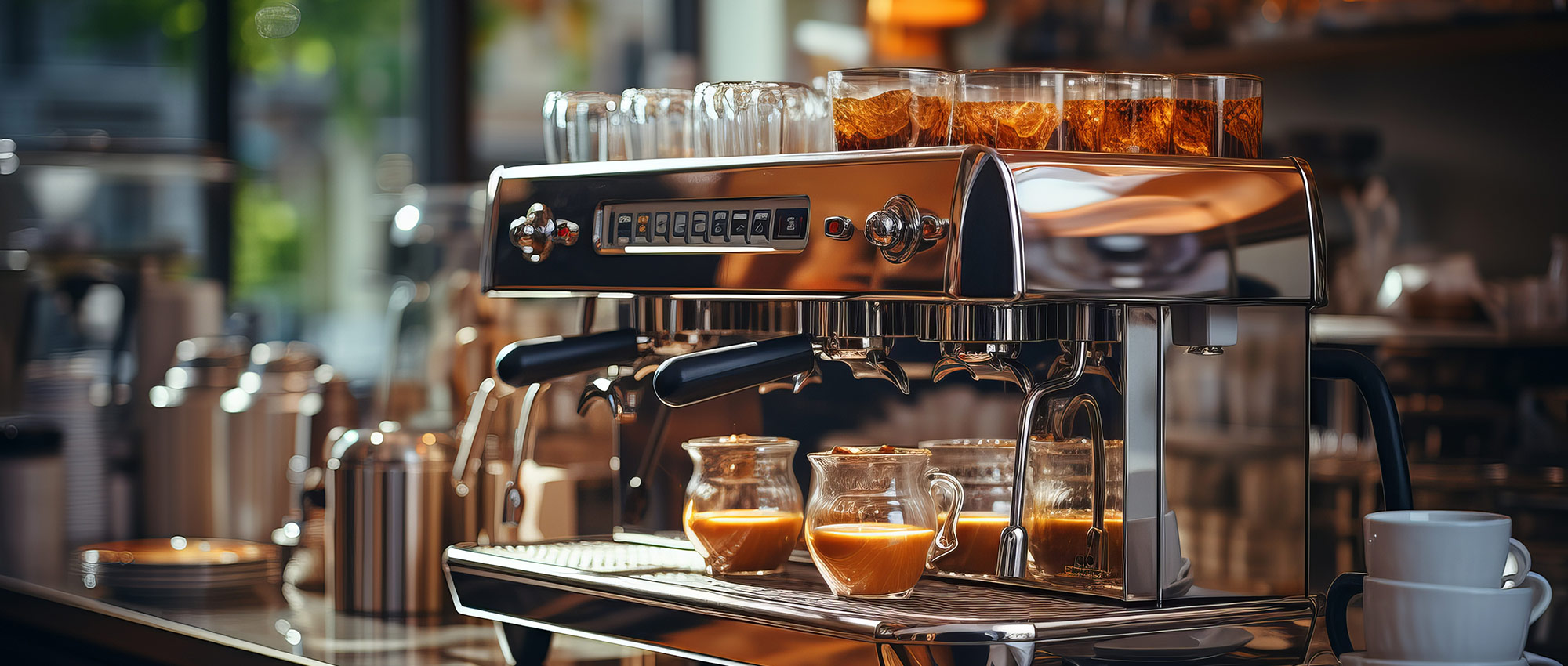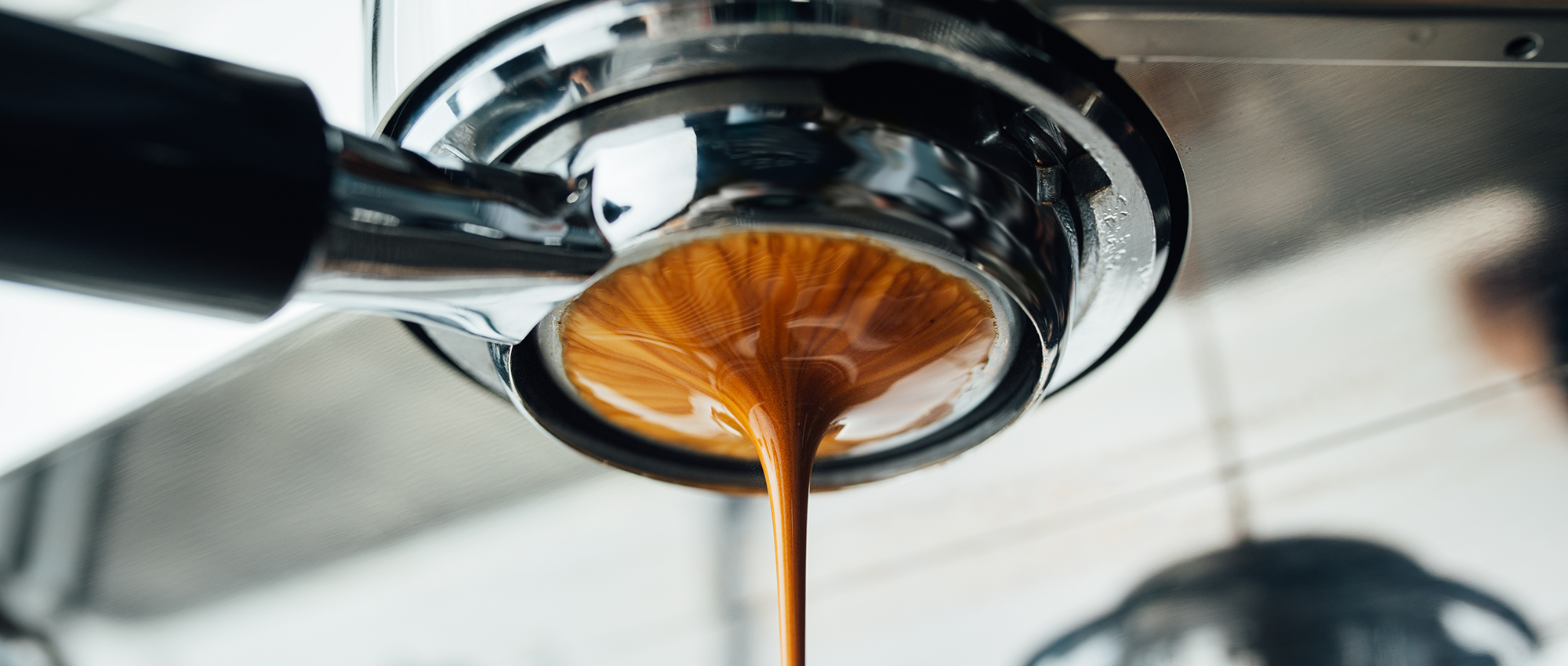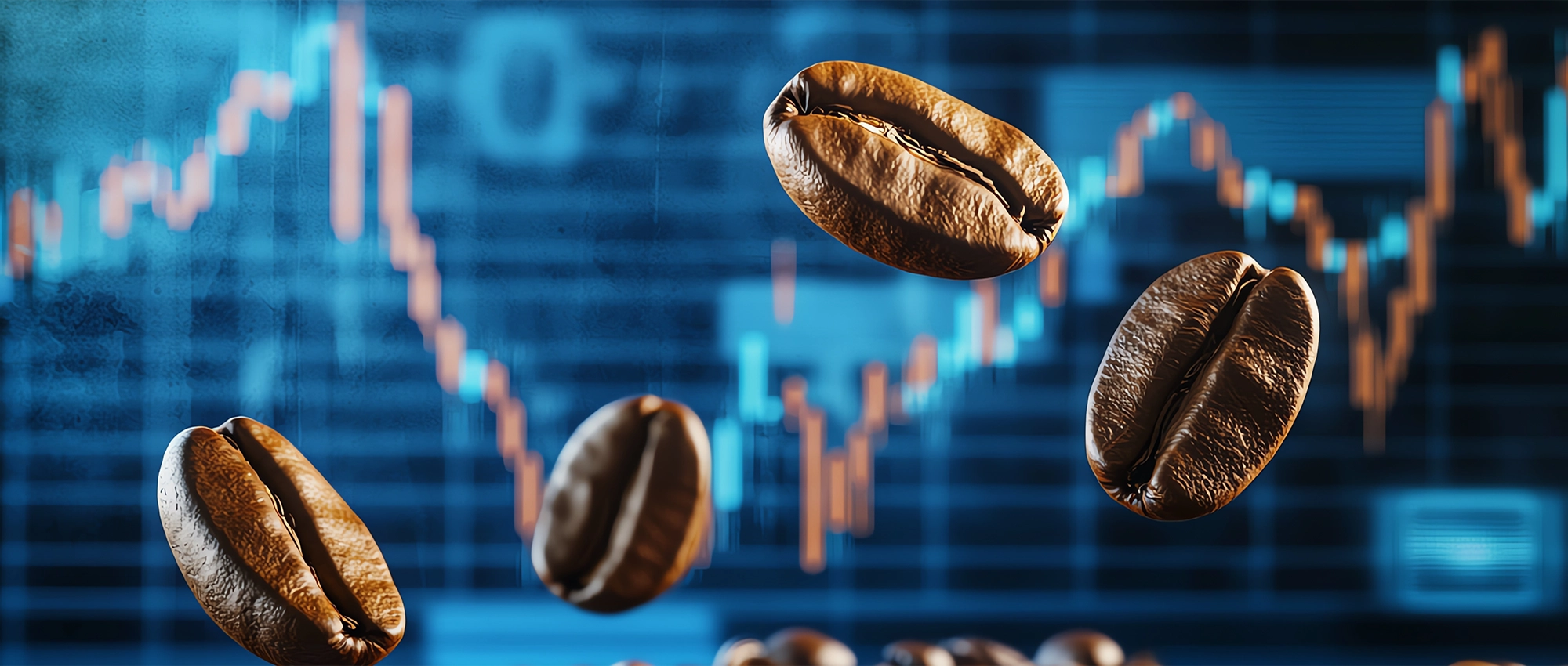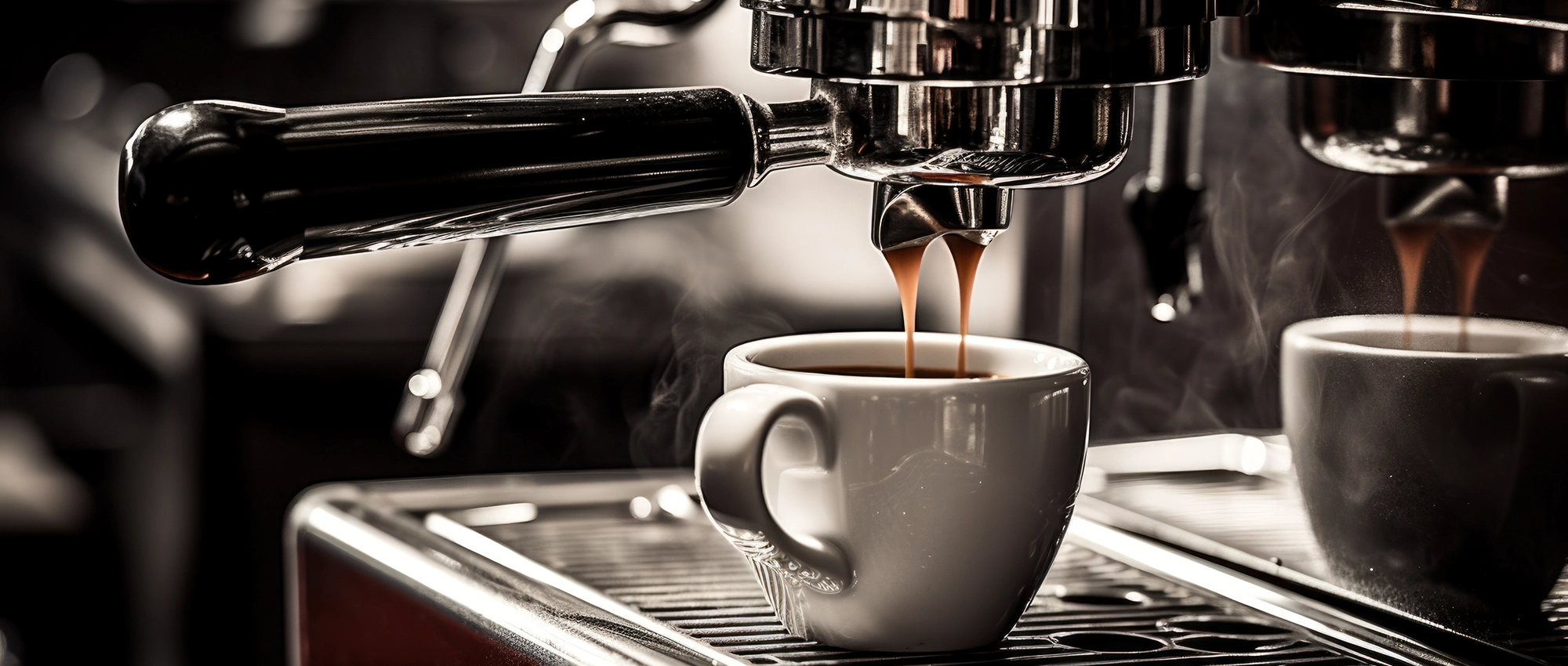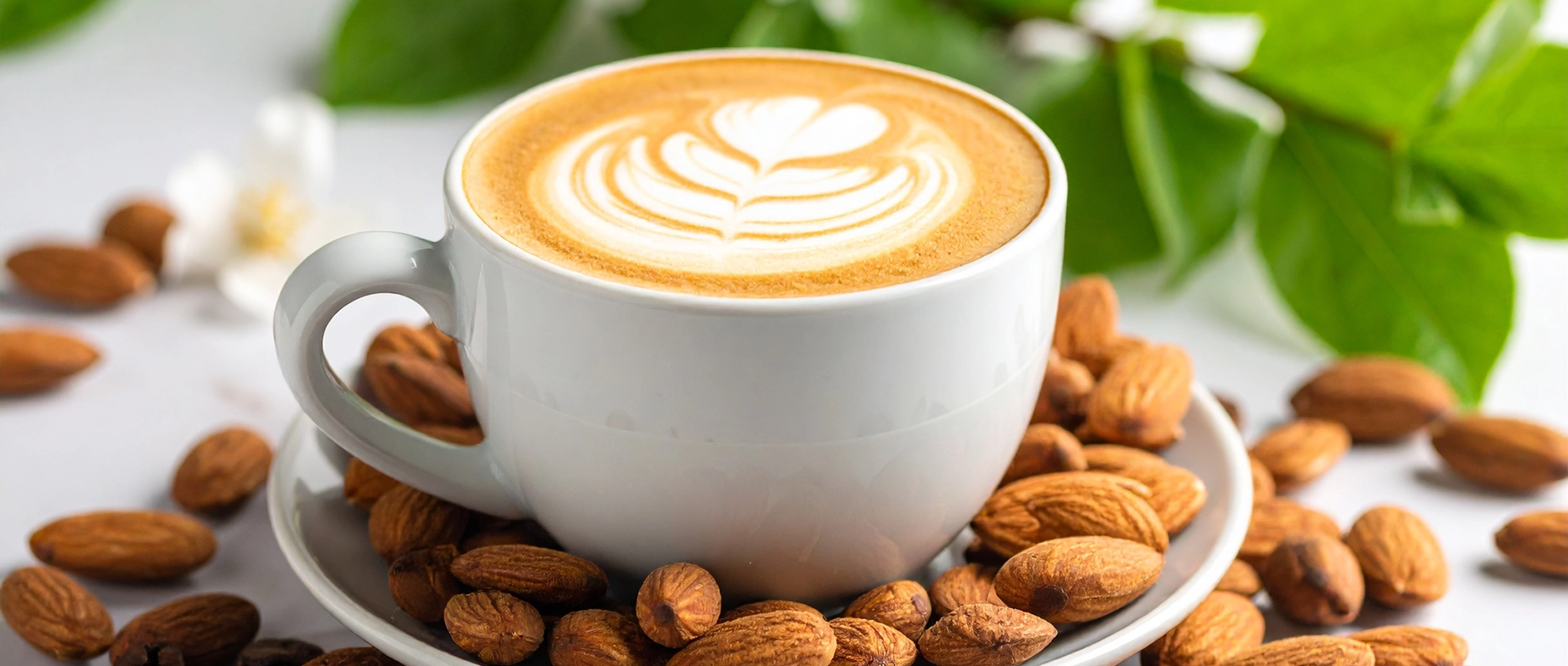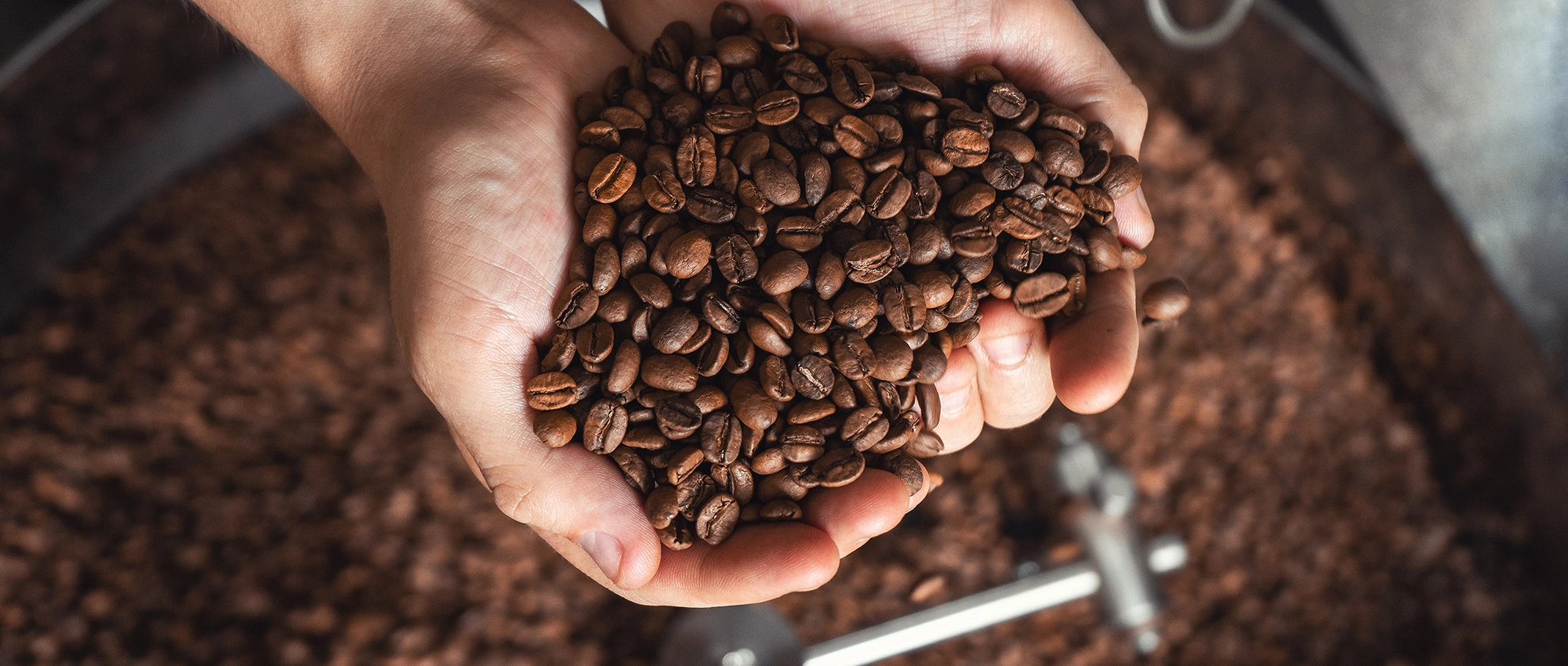What It Takes To Extract The Perfect Cup Of Espresso
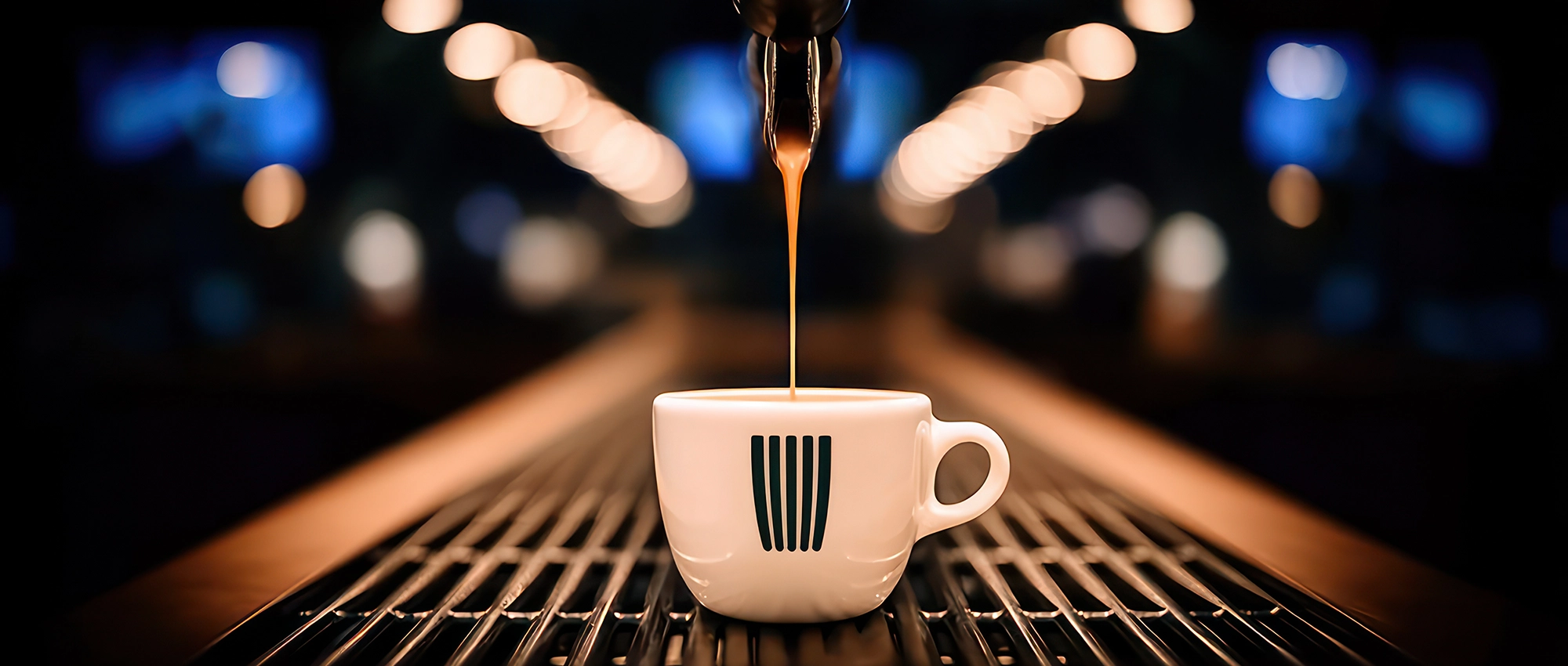
What It Takes To Extract The Perfect Cup Of Espresso
Espresso extraction is both an art and a science, requiring precise control over multiple variables to achieve that perfect balance of sweetness, acidity, and body. The difference between a mediocre shot and an extraordinary one lies in understanding and mastering the fundamental principles that govern this complex brewing process.
The Foundation: Understanding Extraction Theory
Extraction is the process of dissolving soluble compounds from coffee grounds using hot water. In espresso, we’re aiming for an extraction yield of approximately 18-22%, meaning we want to extract roughly one-fifth of the coffee’s mass in soluble compounds. Under-extraction results in sour, weak espresso, while over-extraction produces bitter, harsh flavors.
The key to perfect extraction lies in achieving uniform water contact with all coffee particles. This requires precise control over grind size, distribution, tamping pressure, water temperature, and extraction time. Each variable influences how water flows through the coffee bed and how efficiently it extracts desirable compounds.
Coffee Selection and Freshness
The journey to perfect espresso begins with high-quality, freshly roasted coffee beans. Espresso typically performs best with beans roasted between 7-21 days post-roast date. During this window, the coffee has degassed sufficiently to allow for proper extraction while retaining optimal flavor compounds.
Single-origin coffees can showcase unique terroir characteristics, while blends offer complexity and balance. Regardless of your choice, look for beans with a roast profile that develops sweetness and body while maintaining origin character. Medium to medium-dark roasts generally work best for espresso, providing the necessary oils and sugars for proper crema formation.
The Grind: Precision is Everything
Grind size is perhaps the most critical variable in espresso extraction. The goal is to create a uniform particle size that allows water to flow through the coffee bed at the optimal rate. Too coarse, and water rushes through, under-extracting the coffee. Too fine, and water struggles to penetrate, leading to over-extraction and channeling.
Professional burr grinders are essential for achieving consistency. Conical burrs tend to produce a more uniform particle distribution with fewer fines, while flat burrs can offer exceptional clarity when properly calibrated. The grind should feel slightly gritty when rubbed between your fingers, resembling fine sea salt or powdered sugar.
Grind retention and consistency become crucial factors in commercial settings. A quality espresso grinder should deliver consistent particle size shot after shot, with minimal retention to ensure freshness. Regular calibration and burr replacement maintain optimal performance.
Dosing and Distribution
Proper dosing ensures consistent extraction by providing the right amount of coffee for your basket size. Most modern espresso baskets are designed for specific dose ranges – typically 18-20 grams for double shots. Weighing your dose to the nearest 0.1 gram eliminates one major variable from the equation.
Distribution is equally important. Coffee grounds must be evenly distributed across the basket to promote uniform water flow. Poor distribution creates areas of varying density, leading to channeling where water finds the path of least resistance. Professional baristas use distribution tools, gentle tapping, or specialized techniques to ensure level, even grounds.
The Art of Tamping
Tamping compresses the coffee grounds into a stable, level bed that promotes even water flow. The traditional 30-pound pressure guideline is less important than achieving consistency and levelness. A properly tamped coffee bed should be firm, level, and free from cracks or uneven surfaces.
Modern tamping techniques focus on creating a consistent density rather than applying excessive pressure. The goal is to eliminate air pockets and create a uniform resistance to water flow. Some baristas prefer calibrated tampers that provide consistent pressure, while others rely on muscle memory and technique.
Water Quality and Temperature
Water comprises over 98% of your espresso, making its quality paramount. Ideal brewing water should have a total dissolved solids (TDS) level between 75-150 ppm, with balanced mineral content that enhances extraction without creating off-flavors. Water that’s too soft lacks the minerals necessary for proper extraction, while hard water can over-extract and create bitter flavors.
Temperature stability is crucial for consistent extraction. The optimal brewing temperature ranges from 200-205°F (93-96°C), depending on your coffee’s roast level and origin characteristics. Lighter roasts typically require slightly higher temperatures to achieve proper extraction, while darker roasts may benefit from lower temperatures to avoid over-extraction.
PID controllers on modern espresso machines maintain precise temperature control, eliminating the temperature fluctuations that can dramatically affect extraction quality. Temperature surfing on non-PID machines requires careful timing and technique to achieve consistency.
Pressure and Pre-infusion
Traditional espresso extraction occurs at 9 bars of pressure, though this can vary based on coffee characteristics and desired flavor profile. Pre-infusion, where coffee grounds are saturated with low-pressure water before full extraction, helps ensure even wetting and can improve extraction uniformity.
Many modern espresso machines offer programmable pre-infusion times, allowing baristas to customize this phase based on their coffee’s characteristics. Longer pre-infusion times can help with lighter roasts or finer grinds, while shorter times may suit darker roasts or coarser grinds.
Timing and Yield
Extraction time and yield work together to determine your espresso’s strength and flavor profile. Traditional espresso parameters call for extracting approximately 36-40 grams of liquid from 18-20 grams of coffee in 25-30 seconds. However, these are guidelines rather than rigid rules.
The key is achieving the right balance of extraction yield and concentration. Longer extraction times can increase yield but may lead to over-extraction, while shorter times might under-extract despite producing the target volume. Modern espresso preparation often focuses on achieving specific extraction percentages rather than adhering to traditional time and yield parameters.
Recognizing Perfect Extraction
A perfectly extracted espresso exhibits balance between sweetness, acidity, and body. The crema should be golden-brown, with a texture resembling mouse fur. It should be thick enough to support sugar momentarily but not so thick that it dominates the cup.
The flavor should be complex yet harmonious, with no single element overpowering the others. Sweetness should be present even in unsweetened espresso, indicating proper extraction of sugars and caramelized compounds. Acidity should provide brightness without sharpness, while body should offer weight and mouthfeel without heaviness.
Troubleshooting Common Issues
Sour espresso typically indicates under-extraction, which can be corrected by using a finer grind, increasing dose, raising water temperature, or extending extraction time. Bitter espresso suggests over-extraction, requiring a coarser grind, reduced dose, lower temperature, or shorter extraction time.
Channeling appears as blonde spots or gushing during extraction, indicating uneven water flow. This issue stems from poor distribution, uneven tamping, or worn equipment. Addressing distribution technique and equipment maintenance usually resolves channeling problems.
The Path to Mastery
Achieving perfect espresso extraction requires patience, practice, and attention to detail. Start by establishing consistent technique with one variable at a time, then gradually refine your approach based on taste and extraction analysis. Keep detailed notes on your adjustments and their effects on flavor.
Remember that perfect extraction is ultimately subjective, what tastes perfect to one person may not to another. The goal is developing the skills and understanding to consistently produce espresso that meets your standards and pleases your palate. With dedication and practice, you’ll develop the intuition to recognize and correct extraction issues, leading to consistently exceptional espresso.
Gary Downey
Gary Downey
Tags :
Coffee U Sunday: Weekly Coffee Business Education
Get expert coffee insights delivered to your inbox every Sunday. Equipment guides, brewing tips, business strategies, and industry trends to help your business succeed.
Categories
Categories
- Coffee Brewers (1)
- Coffee Business Success (9)
- Coffee Grinders (1)
- Coffee Shop Owners (8)
- Coffee Technology (3)
- Cold Brew Coffee (2)
- Espresso Machines (8)
- Espresso Shots (3)
- La Marzocco (2)
- Maintenance & Service (2)
- Specialty Coffee Drinks (3)
- Water Treatment (1)
📚 Equipment Guides
Comprehensive breakdowns of different machine types, helping you make informed purchasing decisions
 Maintenance Tips
Maintenance Tips
Professional techniques to keep your equipment running at peak performance and extend its lifespan
 Brewing Science
Brewing Science
Understand the ‘why’ behind extraction, temperature stability, and equipment design
 Troubleshooting Help
Troubleshooting Help
Common problems and solutions to minimize downtime and service calls
 Business Insights
Business Insights
ROI calculations, workflow optimization, and equipment selection for your specific needs
 Technology Explained
Technology Explained
Demystifying features like PID control, pressure profiling, and heat exchange systems
Coffee U Sunday: Weekly Coffee Business Education
Get expert coffee insights delivered to your inbox every Sunday. Equipment guides, brewing tips, business strategies, and industry trends to help your business succeed.
Share
Use our search function or browse by category to find exactly what you need. Can’t find an answer? Contact us directly, your question might inspire our next Coffee U article! As we grow, so will this resource, shaped by the real needs of coffee professionals like you.
Start exploring Coffee U today and discover why Bean & Brew Technologies is committed to elevating the coffee industry through education and exceptional service.
Have a question?
We're here to help.



